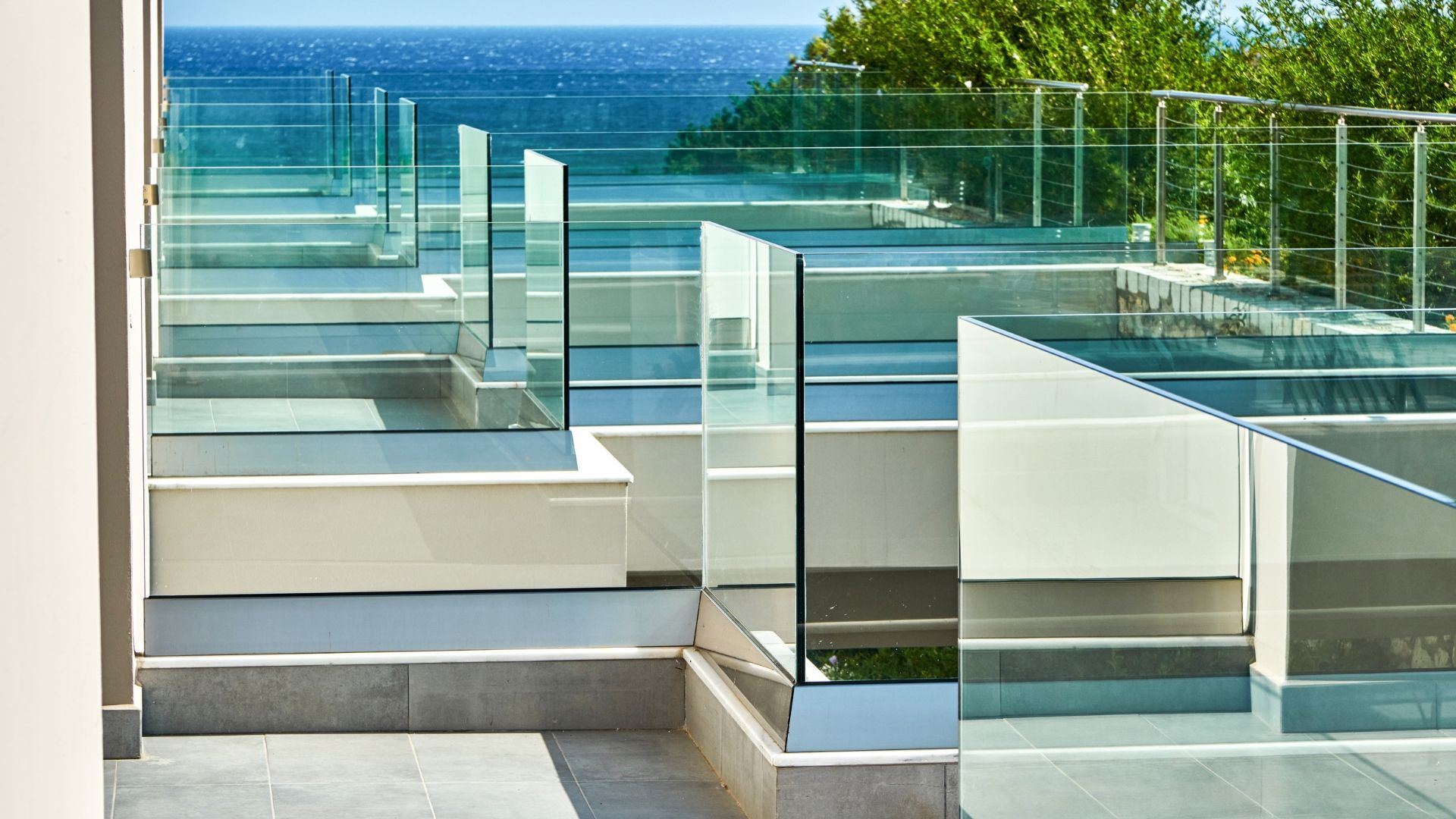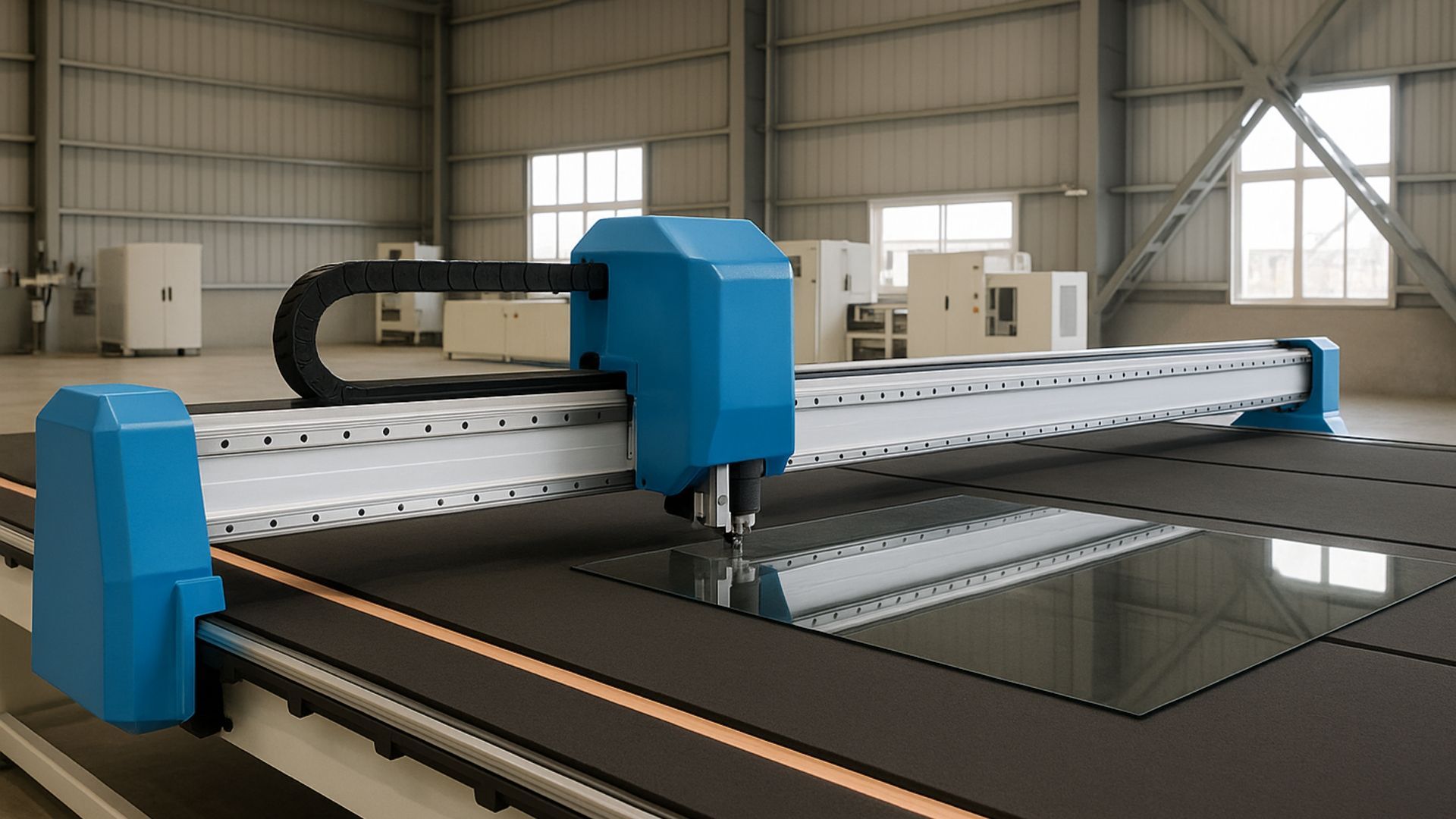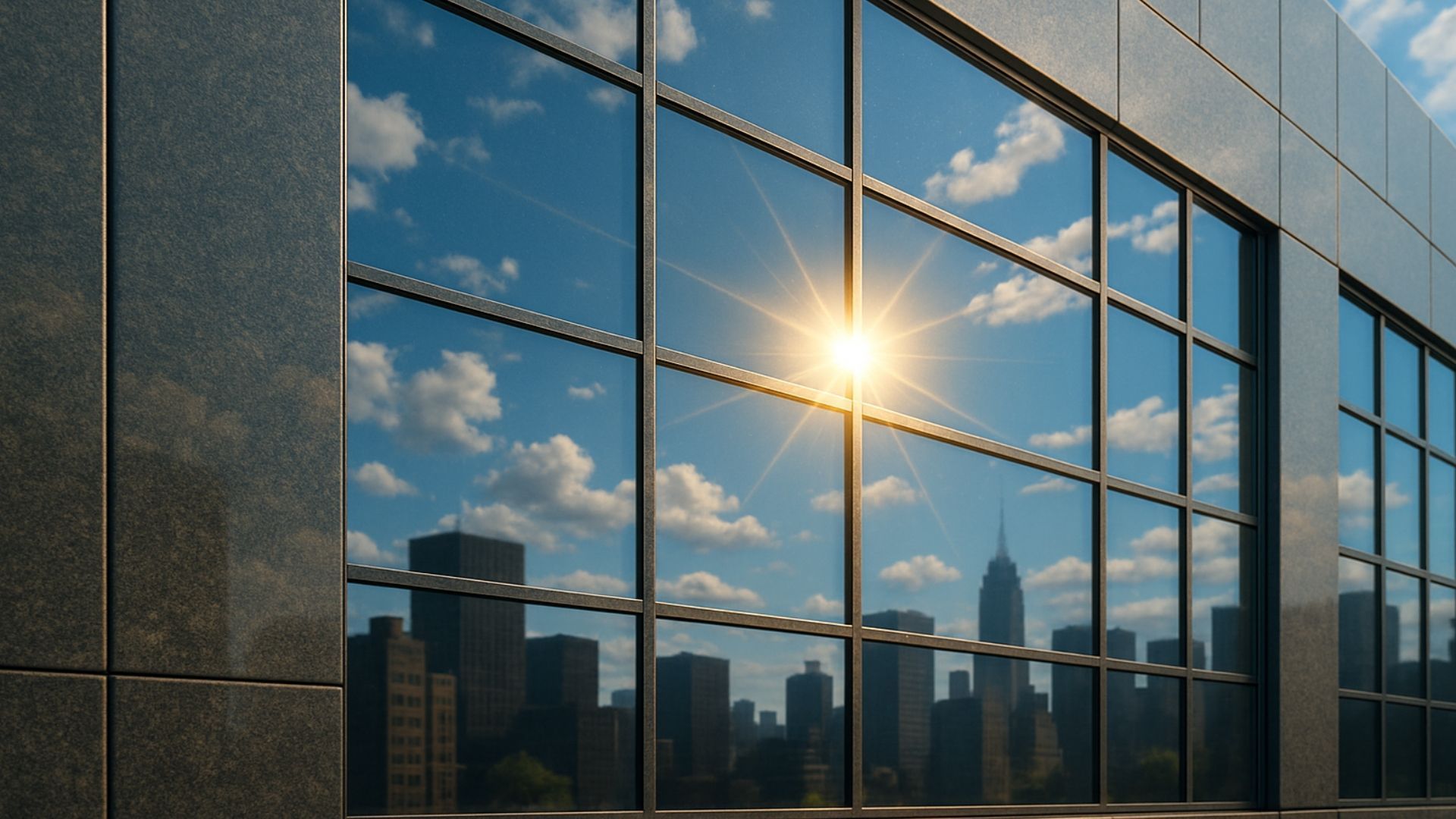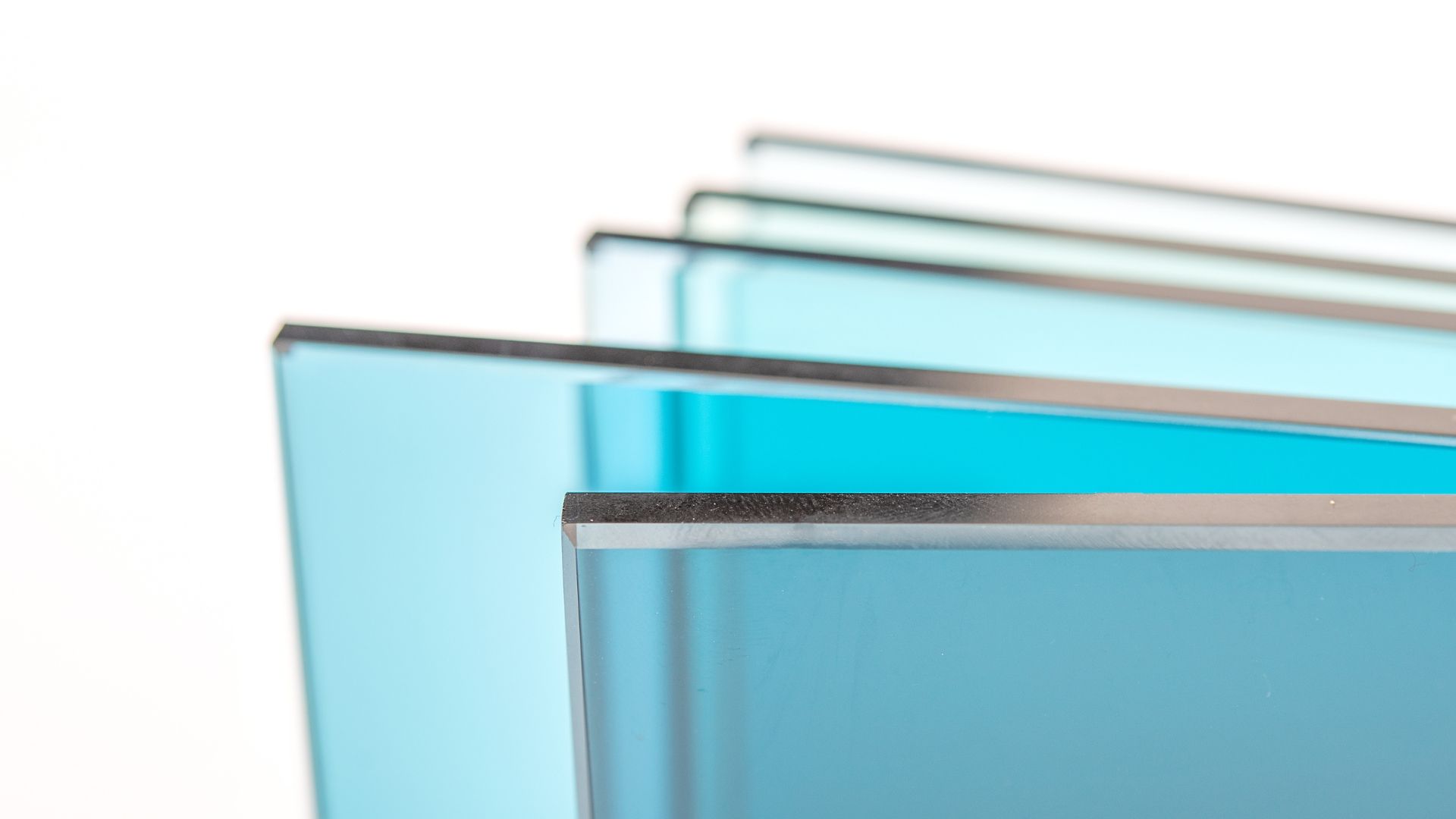6 types of structural glass fixings explained
Share this blog:
How does structural glass stay in place? The answer is "glass fixings". Discover more in our explainer article.

Visit the financial district of any city and you'll see a lot of structural glass.
"Structural glass" refers to any use of glass that is integral to the structure of a building. Large glass panels are fixed into place and form facades, balustrades, walkways, skylights and more.
It's an aesthetic that's been around for over a century – and it has meant different things to different people.
To Ludwig Mies Van Der Rohe, for instance, who designed the world's first glass skyscraper in 1921, architectural glazing was the perfect illustration of his principle that "less is more". But for British architect Richard Rogers, it helped bring the outdoors in, increasing the well-being of employees.
Whichever way you slice it, structural glass makes an impression and conveys a sense of affluence. Those free-standing panels are there to make the building stand out on the skyline.
But how are they "fixed into place", exactly? These are heavy sheets of laminated glass – you can't just lean them against each other or slot them into place and hope for the best.
The answer is "fixings". These are the nuts and bolts of architectural glass – the doodats that keep the whole structure together.
Like other bits and bobs – screws, cables, washers and the like – it can get very technical very quickly. In this article, we're not giving you information down to the millimetre. Instead, we're talking you through the basic types of fittings and what they're used for.
1. Balustrade fittings
There are two types of balustrade: framed and frameless. You can tell the difference just by looking. A framed balustrade has a railing system whereas a frameless balustrade appears to float unsupported. Both, however, are held in place by structural glass fixings.
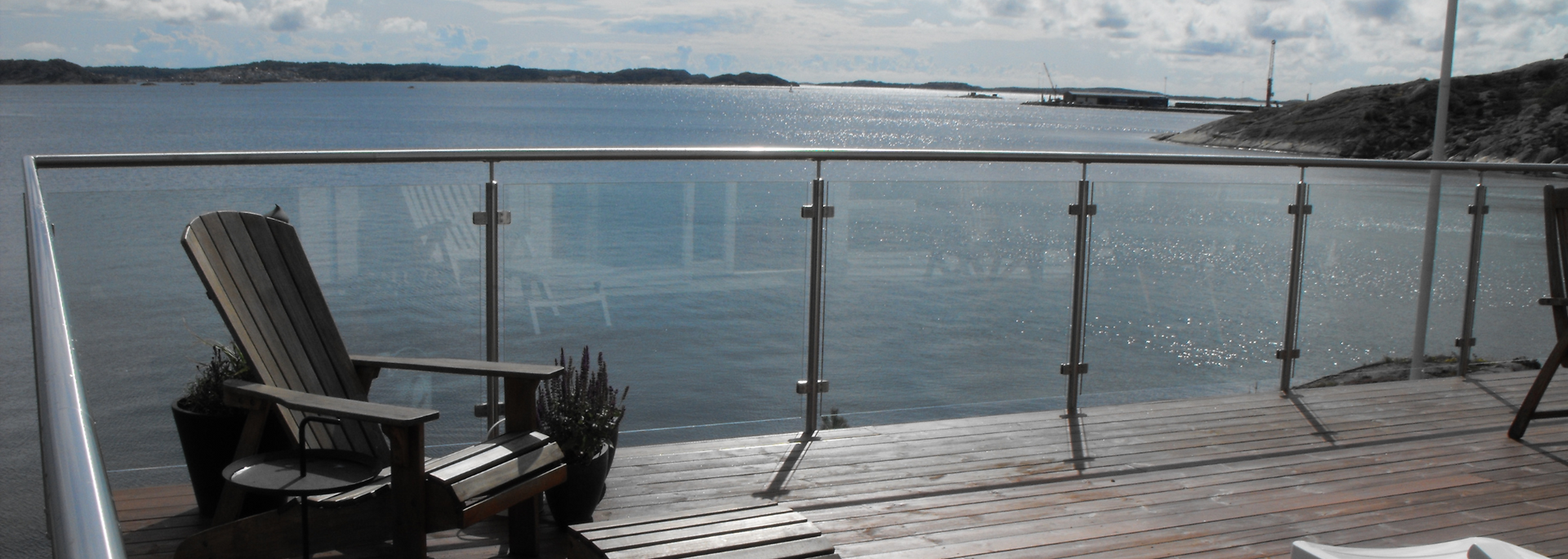
Framed balustrades will use clamps and spider fittings (more about them later). Frameless balustrades, however, will use minimal fixings for a sleek, elegant look. Some use "secret fixes" so that they appear to be unsupported.
2. Glass connectors
If you see a glass shelf or display unit in a bathroom, chances are it's held together by glass connectors. They're also used for glass cubicles and office partitions.
3. Glass hinges
As the name suggests, a glass hinge connects a glass door to its frame, allowing it to swing open and shut. You'll see them everywhere from shower doors to glass cabinets in jeweller's shops.
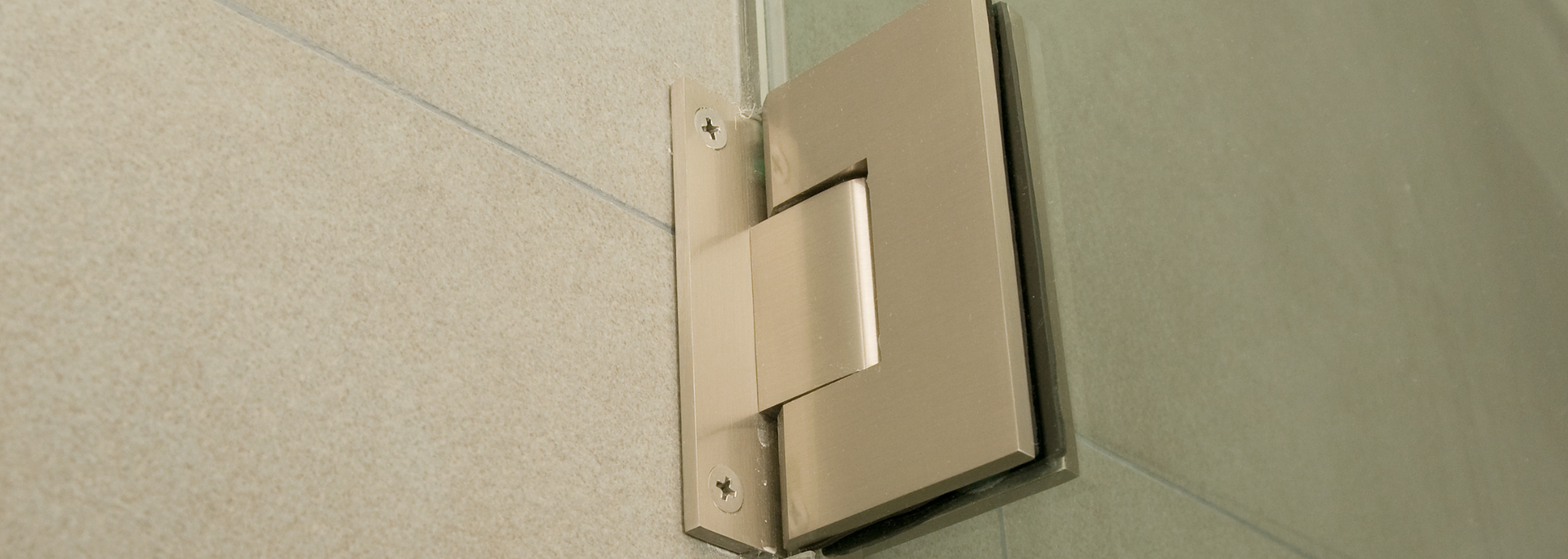
As with metal hinges, glass hinges come in a wide range of shapes and sizes. If you need some for a project, speak to a reputable glass processor. They'll be able to tell you the exact specifications you need.
4. Patch fittings
Patch fittings tend to be used for toughened glass doors. They're discreet brackets that hold frameless doors in place.
These fixings have minimalism on their side. Their purpose is to keep all the attention on the glass with visible engineering kept to an absolute minimum. This makes them the fixing of choice for settings such as boutique stores and contemporary offices.
4. Spider fittings
Surprise, surprise – a spider fitting looks a bit like a spider. It has a central point from which small metal arms extend.
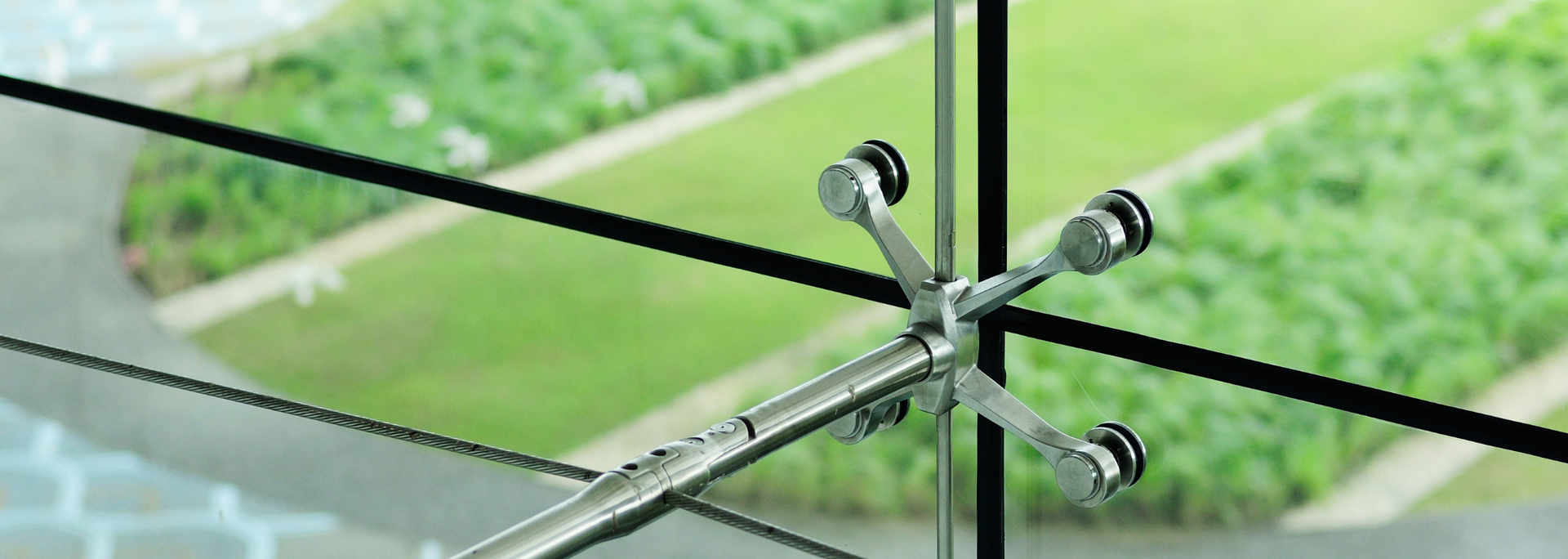
Spider fittings are among the most noticeable types of fixing. They're used when discreet, minimal or secret fixes would compromise the structural integrity of the installation.
This means you tend to see spider fittings in large-scale, exterior projects, for instance on glass facades.
6. TG SGF
Here at ToughGlaze, we're proud of our range for one simple reason: its range. We stock everything from plain old toughened glass to switchable smart glass; from coloured laminated glass to panels with wire mesh interlayers.
We know that many installers are looking for discreet fixings to achieve a flawless, the-future-is-now aesthetic. That's why we're the only company in the UK that's licensed to sell Fischer's secret fix system.
These "undercut fixings" hide the seams from view, meaning that your glazing looks free-floating and spotless. It can be used in all sorts of applications:
- Partitions
- Balustrades
- Balconies
- Roof panels
- And more
All our panels are fired, cut and treated here on site, so you can be in the loop about the progress of your order at all times.
At the end of the day,
TG SGF is a great choice if you want to make your structural glazing sing.
Which glass fixing should you choose?
Like glass itself, your choice of glass fixings will depend entirely on the specific requirements of your project. To choose, you should take into account functionality (what's it for?), scale (how big will it be?) and safety (does it need an extra layer of strength?)
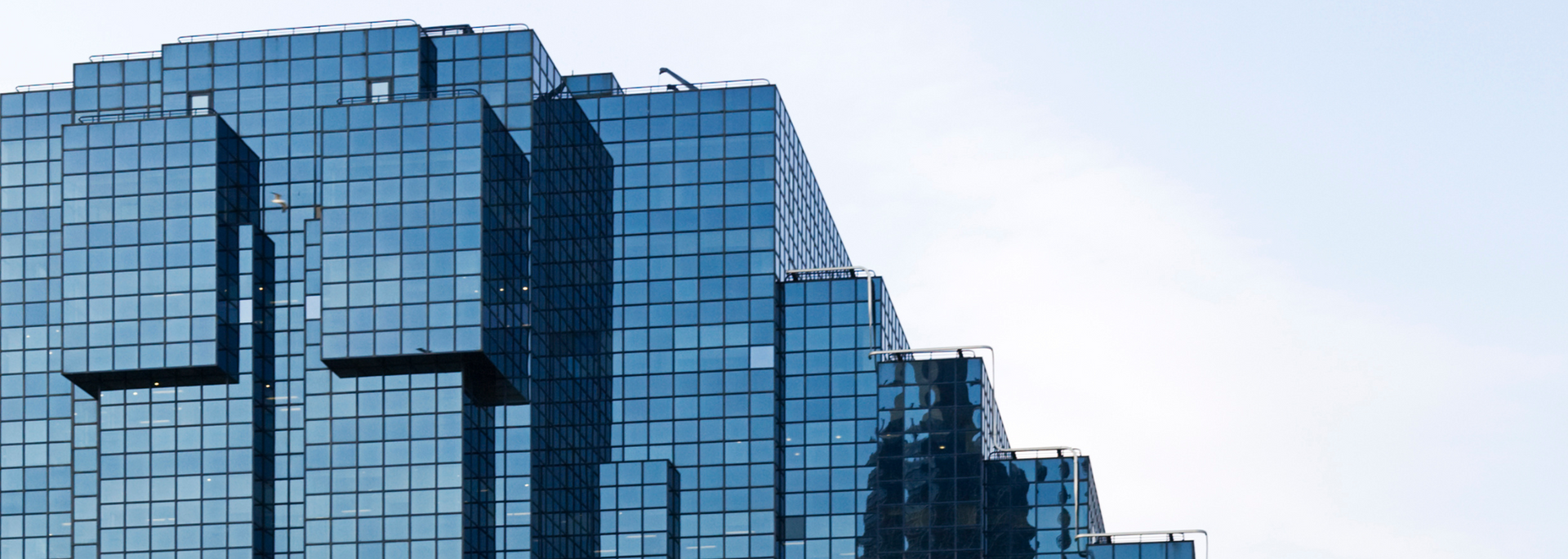
Some installations will need spider fittings to ensure maximum safety – especially if the panels are being fitted high up.
If, however, your project involves a frameless balustrade system, you'll want to look into minimalist fittings or even a "secret fix" system. This gives the impression of the structure upholding itself as if by magic.
Your best bet is to get in touch with a glass supplier you trust and lay out your project in detail. They will be able to fix you up with the fixings that you need. That way, you can proceed with confidence that the finished installation will be super-secure as well as easy on the eye.
Final thoughts
Structural glazing packs a punch. But it's only possible thanks to the
structural glass fixings that hold the panes in place.
If you're new to the world of structural glazing, you may be in the dark about which type of fixing to go for. We hope this article has helped – but if you're still unsure,
get in touch with us today. We'd love to talk you through your options.


